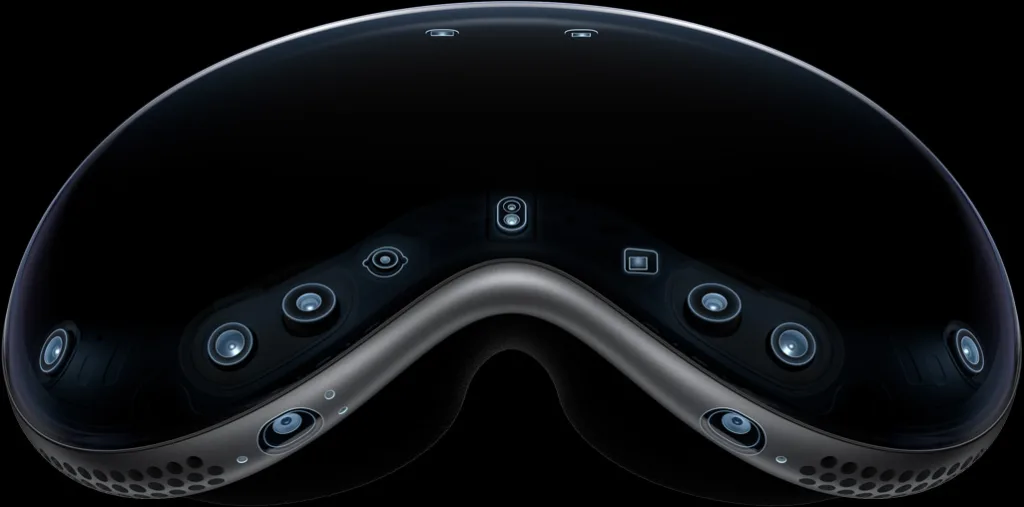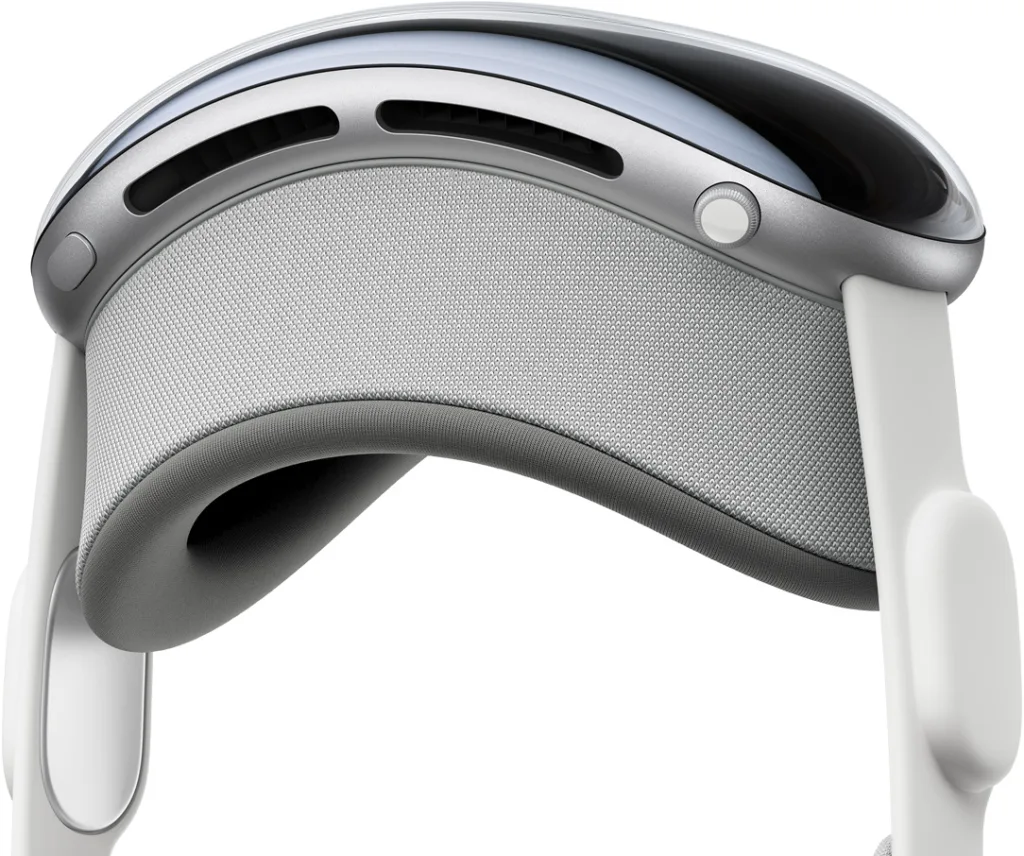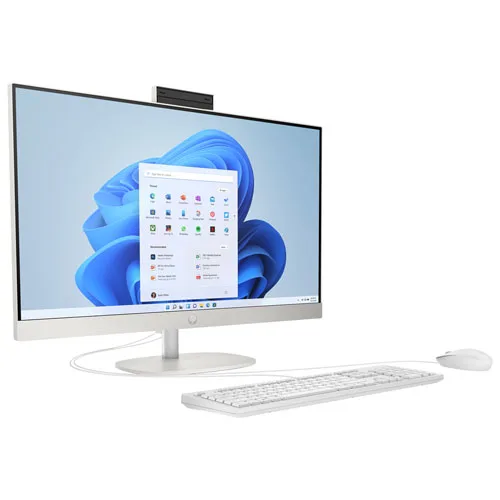apple-vision-phttp://apple-vision-pro-spatial-computingro-spatial-computing

5 Reasons Why Apple’s Vision Pro Leads in Spatial Computing
Apple’s Vision Pro: Unfolding the Evolution of Spatial Computing The Apple Vision Pro is now being shipped, sparking a diverse range of reviews on this initial release. As is typical with first-generation hardware, the device boasts strong technological capabilities yet lacks in application diversity. However, with ongoing evolution and increasing developer engagement, both aspects are expected to undergo significant improvement.
As of the current moment, Apple has garnered approximately 200,000 pre-orders, a figure likely to capture developer attention towards the platform. The question remains whether Apple’s slightly diminished marketing efforts, albeit still robust compared to competitors, can effectively stimulate demand for this device beyond its loyal customer base.
For the majority of users, this device remains unfinished. It comes with a hefty price tag, lacks sufficient app support, and by following the rule of three, it’s evident that it will need two more iterations to reach a price point and functionality that will truly entice most consumers.
This week, let’s delve into the Apple Vision Pro, and we’ll wrap up with my Product of the Week: the HP Envy Move, an all-in-one portable PC that has captivated me unexpectedly over the past few months.
First-generation products


There are two categories of Generation One products: those that mark the initial offering for a vendor within an already established ecosystem, and those intended to kickstart the ecosystem they will rely on in the future. The former category tends to be less risky since users have immediate utility, and the vendor can learn from the experiences of early adopters.
Generation One products fall into two main categories: those that serve as the first offering for a vendor within an established ecosystem, and those designed to initiate the ecosystem they will depend on in the future. The former category is typically less risky as users can immediately derive utility from the product, while the vendor can gather insights from early adopters’ experiences.
Generation One products of this nature are most appealing to individuals familiar with this category of offerings, who are willing to wait for or contribute to the development of apps for it. These individuals are typically technically proficient and capable of navigating initial limitations, eager to engage in the market creation process that will ultimately envelop the product. They possess a high tolerance for potential issues and are financially equipped to afford the $3,500 price tag of this device.
I anticipate that a notable portion of the initial 200,000 purchasers of this headset may not be the ideal users and could encounter challenges with their experience. Nonetheless, individuals accustomed to or prepared for the distinctive challenges inherent in a Generation One product will ultimately discover this offering to be engaging and enjoyable.
Emphasize Functionality
When purchasing a tech product, it’s essential to prioritize its capabilities and the tasks it empowers you to accomplish, rather than solely fixating on the product itself.
Game systems are purchased with the intention of playing specific titles (such as Halo for the Xbox), while PCs are acquired to efficiently run applications like Microsoft Office. Generally, hardware within these categories is chosen with a clear understanding of the intended usage.
However, numerous Vision Pro buyers have not yet identified the specific apps they intend to use with it, nor are they actively seeking out particular applications tailored for the device. As a result, a considerable number of Vision Pro units may remain unused on shelves until a compelling app emerges.
Nevertheless, many purchasers of the Vision Pro have not yet pinpointed the exact apps they plan to utilize with it, nor are they actively pursuing specific applications designed for the device. Consequently, a significant portion of Vision Pro units may remain dormant on shelves until a compelling app emerges.
It’s advisable to hold off until the third generation within a category like this and bypass the initial two, as users of those earlier generations will have likely encountered the challenges associated with the device’s early stages, including usability and app availability.
Moreover, a Generation One product carries a distinct sense of exclusivity, often associated with a certain status. However, this visibility can also make the user susceptible to device theft, particularly with the Vision Pro being both costly and portable, increasing its attractiveness to thieves. Therefore, it’s crucial not to leave the device unattended in a car where it can be easily seen through the windows, as it may tempt someone to take it.
The Positives and the Negatives
The Apple Vision Pro stands out with its stunning 4K displays, lightweight construction, and elegant design, elevating it within the VR market. Nevertheless, it lacks in VR functionality, has limited compelling applications, and carries a high price point attributed to its constraints.
Regarding the $3,500 price, it’s more prudent to introduce a premium, uncompromising device initially, then gradually expand the audience by lowering costs over time. To Apple’s credit, this is precisely the approach they’re undertaking.
By following this approach, you cultivate anticipation, receive more favorable initial reviews (as most Vision Pro reviews have been positive), and establish a groundwork for the device’s future transition into the mainstream market. I’ve discovered that the Rokid Max AR Glasses and Goovis G3 Max offer similar functionalities to the Vision Pro at a significantly lower price point, providing a less financially risky entry into spatial computing.
When I travel on planes, I opt for the Rokid, which I’ve found to offer significantly better value at approximately $500 compared to the considerably pricier Vision Pro.
An Assessment of Apple’s Marketing


The fate of Vision Pro depends on the efficacy of Apple’s marketing approach. Not only must these strategies draw in more customers for the Vision Pro, but they also need to actively involve existing buyers to emphasize and amplify positive experiences. Failure to accomplish this could lead to adverse social media reactions, ultimately dampening demand.
Therefore, this presents a challenge for Apple’s marketing division to ascertain if the company can still orchestrate an effective demand-generation campaign for the product. Historically, Apple has allocated more substantial resources to marketing than its counterparts, and if it invests sufficiently in promoting the Vision Pro, it could potentially surpass even the iPhone as a disruptive offering as subsequent iterations are introduced.
Concluding: Advocating for Patience with Emerging Technology


I prefer purchasing first-generation products because I’m willing to endure the challenges of owning something novel. Additionally, as part of my job, I frequently provide feedback on such products, making them align with my professional responsibilities.
If you’re not inclined towards embracing first-generation offerings, I suggest waiting until the third version. By that time, most of the bugs should have been resolved, app support will be significantly improved, and there will be a substantial user base available to provide assistance on social media in case you encounter any issues.
Apple deserves credit for creating an exceptional product. However, for the majority of users, opting to wait until it becomes more refined and better supported would likely be the optimal course of action.
The HP Envy Move All-in-One Personal Computer


At $3,500, the Apple Vision Pro seems quite steep compared to the HP Envy Move All-in-One PC, which is priced at under $800, making it appear like a bargain in comparison.
I’ve been utilizing the HP Envy Move for several weeks now and have discovered it to be an excellent solution for household tasks. It offers greater convenience compared to the 18-inch Alienware laptop I typically use for these purposes. The Move’s 24-inch screen provides a desktop-like experience, despite its portability, which makes it as convenient as a laptop, at least within the confines of my home.
The HP Envy Move features a 300-nit display, making it less suitable for outdoor use in direct sunlight. However, if you require a computer that allows you to work indoors while your kids or pets are playing nearby, then this PC is an ideal choice for you.
An intriguing aspect of this Intel-powered all-in-one is its automatic deployment of the base when positioned on a table. Additionally, it offers a convenient solution for carrying the combined keyboard and trackpad by incorporating a pouch on the back, allowing you to hold the PC, keyboard, and trackpad with just one hand.
While the PC provides the option to play casual games or watch movies, serving as a convenient alternative to a portable TV, it is not designed as a gaming or high-performance device. Although the base configuration includes an Intel i3, I recommend investing an additional $150 to upgrade to an i5 processor and 16 GB of memory for enhanced overall performance.
It’s worth mentioning that the Envy Move boasts a battery life of approximately four hours, which is two hours longer than that of the Vision Pro. This extended battery life enhances its utility for uninterrupted movie watching and reduces the need for frequent recharging.
As a first-generation product entering an established ecosystem and offering immediate utility, the HP Envy Move All-in-One presents a contrasting counterpart to the Apple Vision Pro, which must establish its own ecosystem from scratch.
